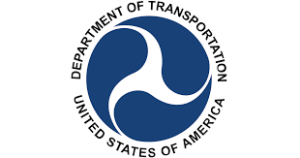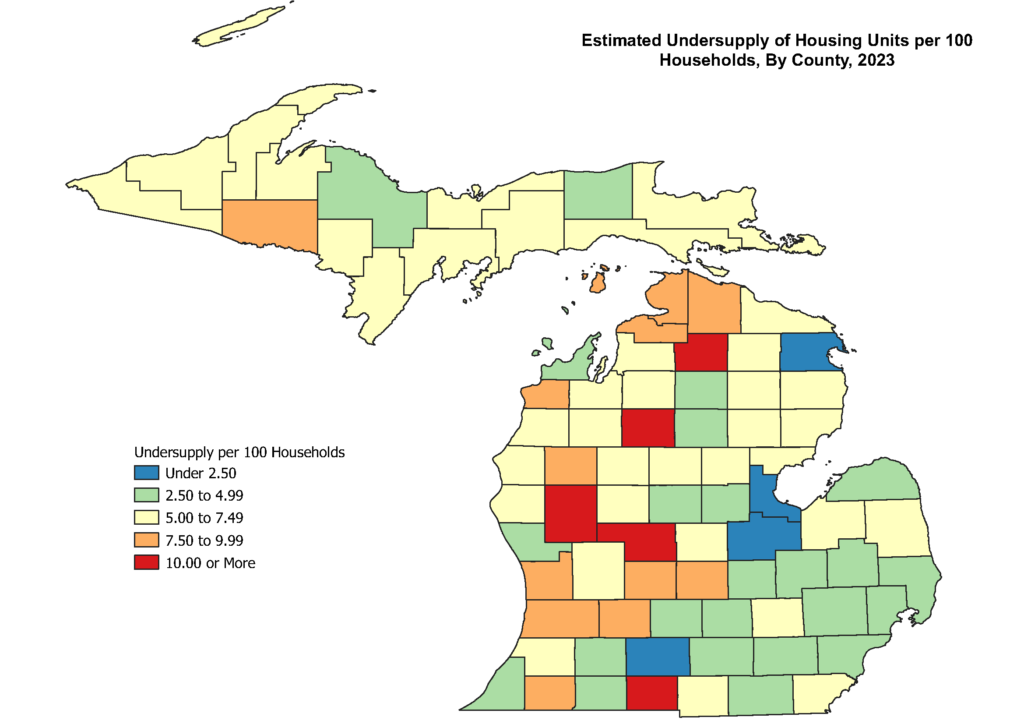House committee hears testimony on bill to help curb sheriff office staffing shortages
House Bill 5203, sponsored by Rep. Kelly Breen (D-Oakland), would allow county boards of commissioners to choose if retired county employees who work at a sheriff’s office can continue to receive retirement benefits during a period of re-employment.
Currently, if a person who has retired and receives retirement benefits becomes re-employed by the same county, their retirement benefit payment is suspended for the length of their re-employment. House Bill 5203 would allow retirement benefits to continue during re-employment if a retiree becomes employed by a county sheriff’s office.
Allowing counties to re-employ sheriff’s office employees and maintain their retirement benefits will address the severe staffing shortages seen within county sheriff’s offices. When deputies, for example, retire from the sheriff’s office, and their position cannot be filled, this bill would allow the deputy to return to their role and avoid further staffing shortages within the sheriff’s office.
MAC supports this legislation. For further information, please contact Samantha Gibson at gibson@micounties.org.
U.S. Department of Transportation Announces $1.25 billion in Direct, Accessible Grants for Local Communities to Improve Roadway Safety
The U.S. Department of Transportation (DOT) has opened the process for cities, towns, counties, Tribal governments, and Metropolitan Planning Organizations (MPO) to apply for $1.256 billion in funding for local projects that improve roadway safety. The funds are from the competitive grant program, Safe Streets and Roads for All (SS4A), which was created in President Biden’s Bipartisan Infrastructure Law to help communities both plan and carry out projects that help reduce the number of deaths and serious injuries on our highways, streets, and roads. The SS4A grant program is a major action that supports funding to advance the DOT’s National Roadway Safety Strategy, which launched in 2022 to address the high number of traffic deaths happening across the country.
SS4A funds will help communities in the development of road safety action plans and improve unsafe roadway corridors by implementing effective interventions. Additionally, these funds can be utilized to test out safety features such as separated bicycle lanes or curb extensions at intersections.
“Every community knows some intersection or stretch of road that is dangerous to approach – now we have an opportunity to make them safer,” said U.S. Transportation Secretary Pete Buttigieg. “The Biden-Harris administration is proud to make over $1.2 billion available for projects that can save lives on our roads, from highway redesigns to protected bike lanes, and we invite communities of every size to apply.”
Last year, DOT announced more than 1,000 communities in total received $1.7 billion in grants under SS4A, impacting roadway safety for around 70% of the nation’s population and over 60% of traffic fatalities that occurred between 2017 and 2021. With more than $1 billion available this year, the Department encourages all interested communities to apply, especially communities that have not applied to date. For Planning and Demonstration Grants, DOT has further encouraged communities with higher needs to apply by providing additional award consideration to those with higher fatality rates. The Department compiled a non-exhaustive list of the cities and counties that meet that threshold online and will continue to support the information needs of these localities throughout the application period.
The application process for SS4A is designed to be as easy as possible and increased accessibility to this program in this latest funding round, particularly for smaller communities, Tribal governments and recipients new to Federal funding. This includes multiple deadlines and a longer application period for planning proposals, a pre-application review opportunity to determine eligibility before applying for implementation funding, and clarification about the use of Tribal Transportation Program funds as eligible for local match.
Applications may come from individual communities or groups of communities and may include MPOs, counties, cities, towns, other special districts that are subdivisions of a state, certain transit agencies, federally recognized Tribal governments, and multijurisdictional groups of eligible applicants.
The Safe Streets and Roads for All Notice of Funding Opportunity can be found at https://www.transportation.gov/grants/SS4A. Applications for Implementation Grants are by May 16. Planning and demonstration grant applicants will have three opportunities to apply with the deadlines of April 4, May 16, and August 29.
Podcast 83 talks with MSHDA head about Michigan housing crisis
 “We are about 190,000 (housing) units short of where we need to be.”
“We are about 190,000 (housing) units short of where we need to be.”
Those were the words of Amy Hovey, executive director of the Michigan State Housing Development Authority (MSHDA) in explaining the state’s housing crisis in a special episode of Podcast 83.
Governmental Affairs Director Deena Bosworth, subbing in for regular host Stephan Currie, engaged in a wide-ranging discussion of how and why housing became such a challenge for Michigan families – and Michigan policymakers.
“Primarily, this is because our household size has shrunk in our state. It was just over four people per household, and now it’s only at two people per household. So, even though we aren’t having a lot of population growth in our state, we still have a housing crisis,” Hovey explained.
In maps shared by Hovey’s staff, this crisis pinches some counties more than others, with effects pronounced in Branch, Missaukee, Montcalm, Newaygo and Otsego.
While most of MSHDA’s financial efforts are aimed at developers and individuals, Hovey emphasized the need for county involvement in the state’s housing plan.
“Governments at every level should be involved in the (state’s 15 regional housing partnerships), bringing their voices and their needs to the development of those plans,” Hovey explained. We have seen some counties (get involved on the issue). I met with Charlevoix County late last year, and they’re thinking about doing countywide zoning, which I love the idea. Counties often have more capacity than some of our smaller local governments, especially in our rural areas of our state.”
View the full video of the episode, recorded on Feb. 6, by clicking here.
Previous episodes can be seen at MAC’s YouTube Channel.
And you always can find details about Podcast 83 on the MAC website.
Staff picks
- Can funding counties directly help them overcome their biggest problems? (Governing)
- Volunteer Stream Cleanup program nets 31K pounds of trash in 2023 (Department of Environment, Great Lakes and Energy)
- County book club links local population, local interests (NACo News)
- A British painting stolen by mobsters is returned to the owner’s son — 54 years later (Associated Press)

